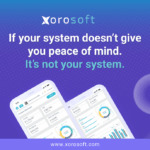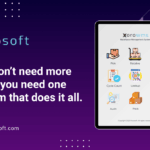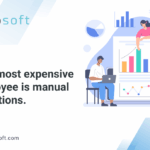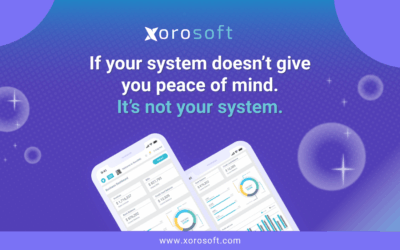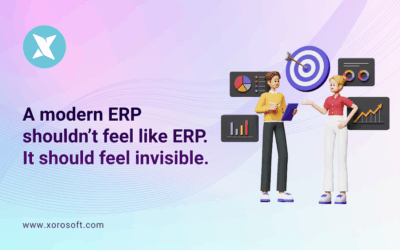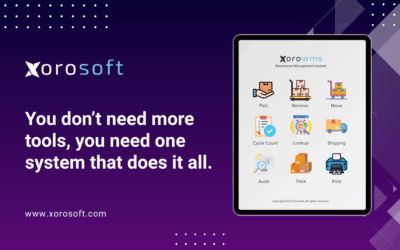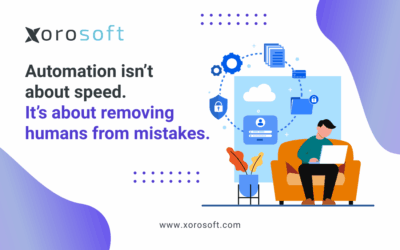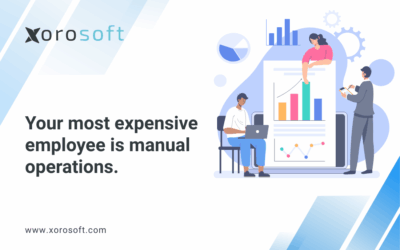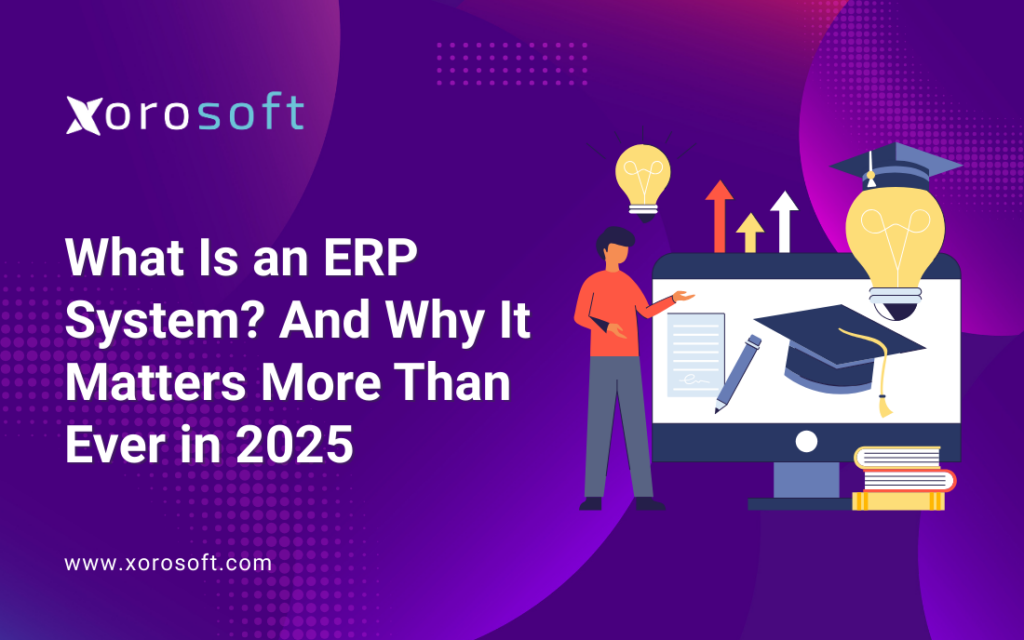
Growth Creates Chaos Faster Than You Think
Every growing business eventually hits the same wall. Spreadsheets multiply, accounting slips behind, and fulfillment errors creep in. What once felt manageable suddenly turns into daily chaos. That’s usually the moment when leaders realize they need an ERP system to bring everything together.
In 2025, with shifting supply chains and soaring customer expectations, an ERP system isn’t just important—it’s critical. Businesses that delay adopting one risk falling behind competitors who are moving faster.
Why Disconnected Tools Fail Without an ERP System
For years, companies have relied on a patchwork of separate apps. QuickBooks for accounting. A Shopify plugin for e-commerce orders. A warehouse app for inventory. And of course, endless spreadsheets to fill in the gaps.
At first, this setup feels fine. The tools are low-cost, flexible, and quick to launch. However, as order volumes rise and operations expand across multiple channels, cracks quickly begin to show.
-
Inventory mistakes cause overselling and backorders.
-
Delayed shipments lead to customer complaints and refunds.
-
Accounting closes drag on for weeks instead of days.
-
Teams waste hours re-entering the same data across systems.
As a result, leaders lose visibility, employees feel burned out, and growth slows.
The Real Reason Businesses Outgrow Systems Without ERP
The core issue isn’t your people—it’s the disconnected tools. When systems can’t communicate, your data becomes siloed. A Shopify order doesn’t instantly update warehouse stock. Purchase orders don’t connect to accounting. Forecasting relies on guesswork instead of real-time data.
This fragmentation creates three major problems:
-
Data silos: Every department has its own version of the truth.
-
Manual re-entry: Endless hours wasted copying and pasting information.
-
Slow decisions: Leaders see numbers only after it’s too late.
Therefore, by the time problems surface, the damage is already done. In today’s fast-moving markets, delays like this aren’t just inconvenient—they’re costly.
Why an ERP System Is the Backbone of Growth
This is where ERP (Enterprise Resource Planning) systems come in.
An ERP system is a centralized platform that unites finance, inventory, procurement, fulfillment, manufacturing, and reporting. Instead of juggling separate apps, everything runs on one source of truth.
For example, when a customer order comes in, it automatically updates inventory, triggers warehouse fulfillment, and reflects instantly in accounting. Therefore, no manual steps, no errors, and no delays.
With a modern ERP system, businesses gain:
-
Real-time inventory visibility across warehouses and sales channels.
-
Automated accounting that reduces errors and speeds up closing.
-
Faster fulfillment with built-in warehouse management.
-
Scalability to expand into new markets, currencies, and channels without chaos.
In addition, ERP systems reduce reliance on manual reporting. Leaders can spot issues as they emerge, not weeks later. That’s why ERP adoption is accelerating in 2025.
How Modern ERP Systems Are Built for 2025
Older ERP solutions had a reputation for being slow, clunky, and expensive. Implementations dragged on for months, customizations required consultants, and updates were painful. Many businesses avoided ERP because the risks felt greater than the rewards.
However, cloud-native ERP systems have transformed the game. They deploy quickly, scale easily, and integrate with existing platforms. As a result, ERP has become not just accessible but essential for growth in 2025.
Why Xorosoft ERP Is Different From Other Systems
Among modern solutions, Xorosoft ERP stands out as a platform designed for fast-growing manufacturers, distributors, retailers, and e-commerce businesses.
Here’s what makes it different:
-
Cloud-native architecture → No outdated servers or painful upgrades.
-
Built-in WMS → A full warehouse management system, not a bolt-on.
-
Native integrations → Shopify, Amazon, EDI, 3PLs, and hundreds of APIs.
-
Global-ready features → Multi-location, multi-currency, and multi-channel support.
-
Ease of use → Ranked #1 in Ease of Use on G2.
-
E-commerce ready → Listed on the Shopify App Store as a fully integrated ERP.
For example, when an order is placed on Shopify, Xorosoft automatically syncs it, updates inventory in real time, and triggers warehouse fulfillment. As a result, no duplicate entry, no delays, and no lost sales.
With automation and real-time visibility across operations, Xorosoft empowers businesses to scale confidently without drowning in complexity.
Why 2025 Is the Year to Choose an ERP System
The pace of business isn’t slowing down. Customers now expect same-day fulfillment, accurate orders, and real-time updates. Meanwhile, supply chains remain unpredictable, and global competition is tougher than ever.
In this environment, disconnected tools are a liability. Companies that continue patching together spreadsheets and outdated systems risk losing both revenue and reputation.
On the other hand, businesses that adopt a modern ERP system gain control, visibility, and agility. They move faster, make smarter decisions, and scale without breaking operations. In 2025, ERP is no longer optional—it’s the foundation for sustainable growth.
Take the Next Step With Xorosoft ERP
If your team is tired of juggling disconnected tools and putting out fires, it’s time for a smarter approach. Xorosoft ERP gives you real-time visibility, automation across your tech stack, and the confidence to expand without limits.
👉 Explore XoroONE today or Book a demo to see how it can transform your operations.
Scaling doesn’t have to mean chaos. With the right ERP system, growth becomes an opportunity—not a burden.
